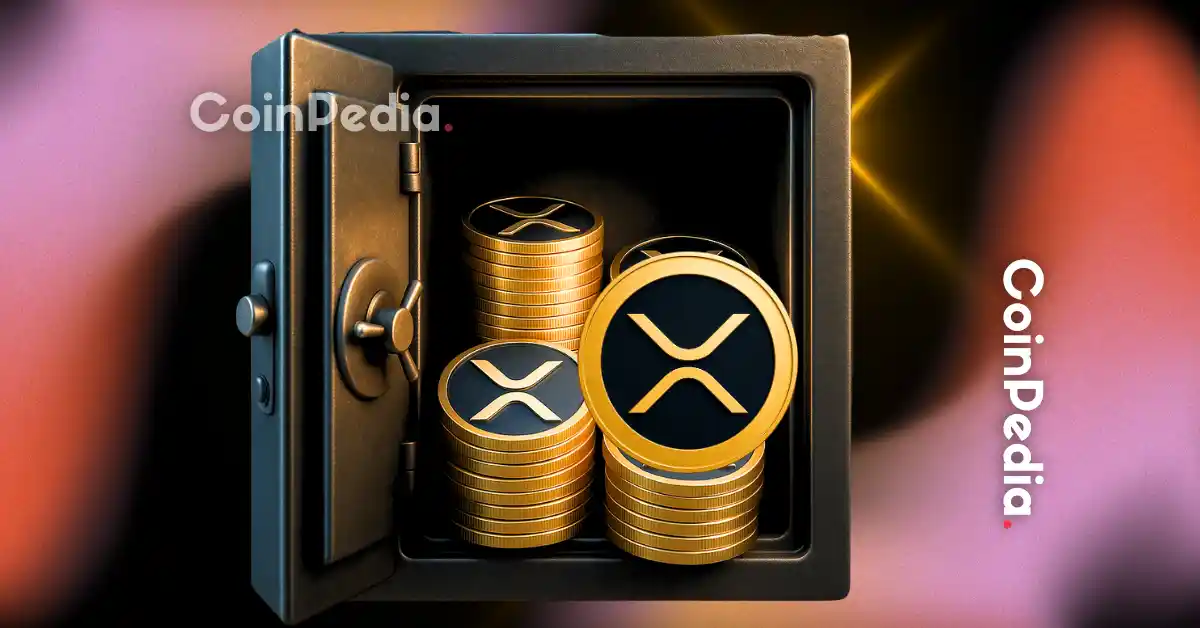In the dynamic world of cryptocurrency, strategic alliances are becoming increasingly crucial for navigating regulatory challenges and expanding market influence. Ripple’s recent investment in Bitwise’s rebranded Physical XRP Exchange-Traded Product (ETP) in late 2024 marks a significant milestone for both companies and the broader XRP ecosystem. This investment transcends financial backing; it represents a deliberate strategy to strengthen XRP’s presence in the European market and potentially lay the groundwork for future expansion into the U.S. market.
Bitwise, a well-established crypto-only firm recognized for its prudent decisions, has been actively broadening its product offerings. The rebranding of its European XRP ETP, previously known as ETC Group Physical XRP, to the Bitwise Physical XRP ETP, underscores its dedication to the digital asset. Ripple’s investment infuses additional confidence into the product, providing European investors with a physically backed structure that holds XRP. This offers a more secure and accessible means for investors to gain exposure to the cryptocurrency.
This investment aligns with Ripple’s ongoing efforts to advocate for XRP’s utility and drive its adoption. Brad Garlinghouse, Ripple’s CEO, has been vocal about the growing acceptance of XRP within traditional finance. Ripple has been actively launching stablecoins, such as RLUSD, to facilitate global payments and tokenized assets. This reflects a broader strategy to solidify XRP’s position as a key player in the digital asset space.
The most compelling aspect of Ripple’s investment lies in its potential implications for a U.S.-based XRP Exchange-Traded Fund (ETF). The crypto community is abuzz with speculation that this strategic move could be a stepping stone towards gaining regulatory approval for an XRP ETF in the United States. The existence of a well-structured and regulated XRP ETP in Europe, backed by a reputable firm like Bitwise, could serve as a precedent and demonstrate the viability of such a product to the U.S. Securities and Exchange Commission (SEC).
Bitwise itself has already taken concrete steps in this direction. In late 2024, the company filed an XRP ETF with the SEC, signaling its intent to bring this investment vehicle to the U.S. market. While the SEC has historically been cautious about approving cryptocurrency ETFs, particularly those based on single assets, the evolving regulatory landscape and increasing institutional interest in digital assets could pave the way for a change in stance.
Ripple President Monica Long has expressed optimism about the potential introduction of an XRP ETF as U.S. crypto regulations improve. Brad Garlinghouse believes it’s inevitable that the company’s XRP cryptocurrency will be offered through an exchange-traded fund. An XRP ETF would provide a regulated and accessible avenue for a wider range of investors, including institutional players, to invest in XRP without directly holding the digital asset. This could significantly boost XRP’s liquidity and market capitalization, further solidifying its position in the crypto market.
Beyond the strategic partnerships and regulatory maneuvering, the success of XRP is also deeply rooted in its strong and dedicated community. Matt Hougan, chief investment officer at Bitwise, has identified the strength of the XRP community as a key factor in the token’s success. This community has consistently rallied behind XRP, advocating for its adoption and defending it against regulatory challenges.
The XRP community’s unwavering support has been instrumental in maintaining the token’s relevance and driving its growth. Despite facing legal battles and market volatility, XRP has consistently demonstrated resilience, largely due to the unwavering belief of its supporters. This community-driven ethos creates a self-reinforcing cycle, attracting new users and investors while fostering a sense of shared ownership and responsibility for the success of XRP.
While Ripple has historically focused on utilizing XRP for cross-border payments, the company’s vision for the digital asset is evolving. The launch of RLUSD, Ripple’s stablecoin, signals a strategic shift towards expanding XRP’s utility beyond payments and into the broader realm of decentralized finance (DeFi) and asset tokenization.
The tokenization of traditional assets, such as stocks and bonds, is gaining momentum, and Bitwise has identified XRP as a key asset in this emerging market. By leveraging the XRP Ledger’s speed, scalability, and low transaction costs, Ripple aims to position XRP as a preferred platform for tokenizing and trading a wide range of assets. This would unlock new opportunities for institutional investors and further integrate XRP into the traditional financial system.
Ripple CEO Brad Garlinghouse predicted the company is poised to “unlock the U.S. market,\” predicting the “opportunity” will be “massive.\” With corporate XRP treasury commitments nearing $1 billion, it shows blockchain’s pivotal role in modern financial strategies. However, BitGo chief executive Mike Belshe delivered a blunt verdict on Ripple’s plan to make XRP a universal bridge currency has failed, and Ripple’s newly issued US-dollar stablecoin RLUSD.
The investment case for XRP is multifaceted, encompassing strategic partnerships, regulatory developments, community support, and expanding utility. Ripple’s investment in Bitwise’s XRP ETP serves as a catalyst, accelerating XRP’s integration into the traditional financial system and paving the way for potential future growth. While challenges remain, particularly in navigating the evolving regulatory landscape, the collaborative efforts of Ripple, Bitwise, and the XRP community position the digital asset for continued success. The future of XRP is not solely dependent on technological innovation or regulatory approvals; it is a story of collaboration, resilience, and a shared vision for a more efficient and accessible financial future.





